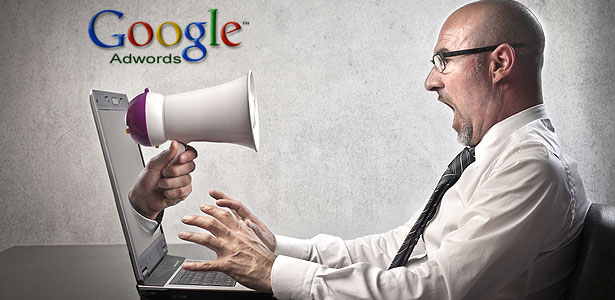Google AdWords vs. Traditional Advertising: Top 4 Benefits

Google AdWords or Radio, Newspapers, TV, Magazines Advertising? The battle between “digital” and traditional advertising is on – and will always be. Traditional Advertising is not dead; on the other hand, Internet Advertising is growing and gaining a bigger share, year after year.
1. Interest
Traditional Advertising uses a “push” strategy. Ads are delivered to a big number of readers/listeners, with the hope of “catching the right fish”. On the other hand, Google AdWords directly “pulls” the target audience.
Here’s the jargon-free version of the above paragraph:
1. Google AdWords ads are shown only to users who search for your products
2. Traditional ads are delivered to a bigger audience, but not necessarily a “buying” audience
Hence, “interested audience” is one of the reasons Google AdWords and digital advertising are very successful. Coming back to the fish example, is it easier to:
1. Catch a trout in a pond full of hungry trouts?
2. Catch a trout in a pond full of not-necessarily-hungry trouts and carps?
You might guess the answer!
2. Target
With Google AdWords, not only we can reach people who are interested in buying, but also target the campaign by location, language, search keywords: digital advertising is user-specific. Google ads are shown only to the people you want.
On the other hand, newspapers and radio shows get distributed to a wider audience. In this case it is very difficult to target your ideal audience, unless you are advertising on a very specific page of a niche magazine. And still, readers might not be buyers.
Once again, translated in the “fish language”, is it easier to:
1. Catch a trout in a small pond full of trouts?2. Catch a trout in a big pond full of trouts and carps?
3. Cost
Newspaper and other traditional adverts have a fixed cost, based on the size of their audience. The editor sets the price, you choose the day, supply the graphics and pay agreed fee.
Google AdWords let you choose your budget (yes, you set the price!). Also, you only spend your budget if users click on the Ad on page 1 of Google. It’s like saying: you pay only if a person opens the newspaper on page 7, reads your ad and gives you a phone call.
So, back to the fish example, is it cheaper to:
1. Pay only if you catch a trout?
2. Pay for the day, with the hope of catching a trout?
I must be annoying you with all this fish
4. ROI
Return on the Investment is the most important thing when assessing an advertising campaign outcome. And you must have heard the sentence: “Half the money I spend on advertising is wasted; the trouble is I don’t know which half”.
It is not easy to track the results of Traditional Advertising, unless you have specific strategies such as using an advertising-only phone number, website address and/or offer coupon.
On the other hand, Google AdWords can tell you how many people clicked, which and how many pages they visited and which and how many products they bought.
And, for the last fish example (I promise), is it better to:
1. Know the ratio between caught trouts and hungry trouts?
2. Catch some trouts?
If you know the numbers, you can calculate ROI and find out how effective the campaign was. For example, with a simple Google AdWords campaign you could spend €30, get 30 clicks, make 3 sales with €300 profit >> ROI = 300/30 = 1000%.
There is no doubt Google AdWords is a very effective form of advertising. You can target the campaign to your ideal audience, keep the costs down and convert sales in a smart way. On the other hand, Traditional Advertising will never end and it is still very effective for big brands with big budgets.
